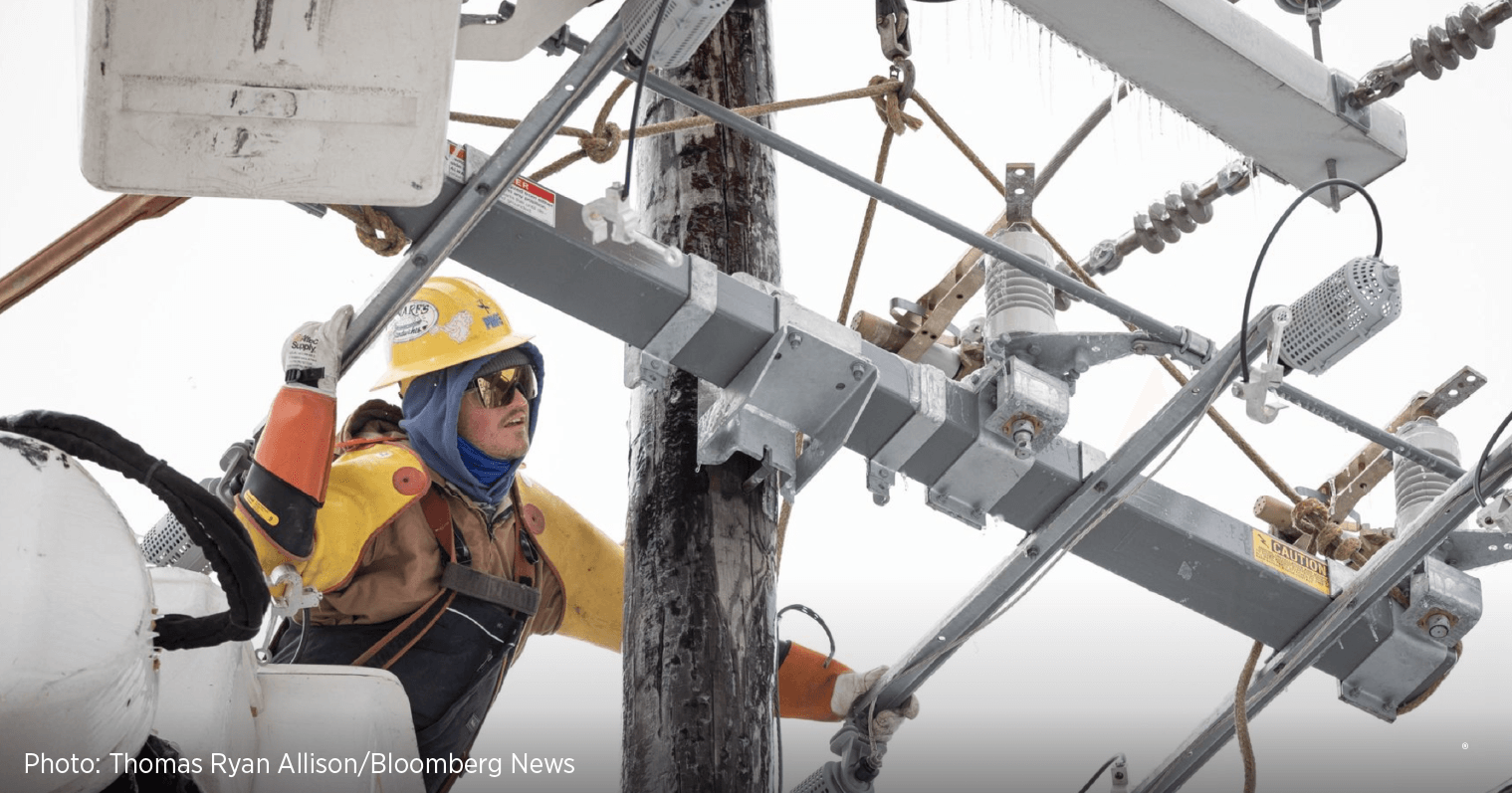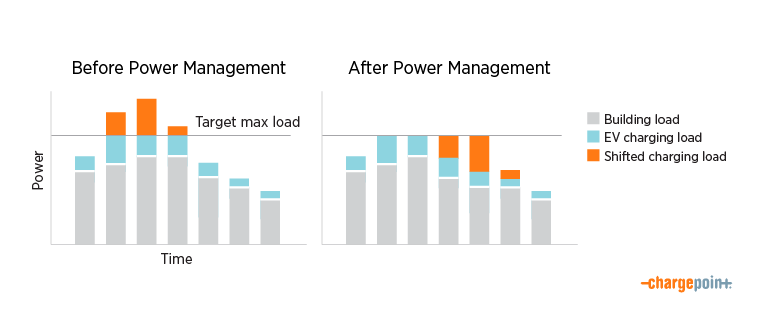
Scientists and government leaders around the world agree that one of the most efficient and cost-effective ways to tackle climate change is through the rapid adoption of electric vehicles (EVs). As with many new technologies, there are numerous reasons why some people and businesses will choose to electrify faster than others.
A key post-installation challenge for many station owners is the uncertainty surrounding potential cost increases related to the electricity rates set by utilities. The reality is that electricity rate structures were not designed to accommodate EV charging — especially DC fast charging, which can cause energy usage spikes that result in costly demand charges. When faced with the possibility of unknown utility charges on top of the expense of installing infrastructure, it’s understandable why some businesses might be concerned.
ChargePoint is here to help. Whether you are electrifying a fleet, installing fast fill charging at a gas station or a municipality offering charging on a public lot, you will want to familiarize yourself with demand charges.

What are demand charges?
Demand charges can apply to any customer of a utility but can especially impact certain businesses. Demand charges are based on peak power usage rather than overall energy consumption. They were originally designed to help utilities pay for the cost of providing energy when a customer’s peak energy load exceeded certain levels of utilization. For example, when a fast charging station is used, even only once a month, it causes an energy usage spike and can push a charging site to its peak energy load. Spikes in energy drive up costs for the utility. Demand charges were designed to help the utility cover those costs.
Think of demand charges as your vehicle’s speedometer. If regular utility rates are based on your odometer — or the overall mileage you put on your vehicle — sometimes you need to hit the accelerator. If you happen to drive exceptionally fast one day, it may not impact your mileage much, but your motor is taxed to the max. Demand charges cover the costs of that high performance, even though you may rarely reach top speed.
How are demand charges calculated?
Demand charges are calculated by determining a customer’s peak power consumption during a short interval of time (usually the highest 15-minute average usage each month), measured in kilowatts (kW). Unlike total energy use, which is based on kilowatt hours (kWh), demand charges can be hard to predict depending on the amount of utilization or the types of loads required at a customer’s location. For example, businesses cannot always predict how many drivers will use each of their charging stations in a month. Demand charges can add up quickly for business customers — in some cases representing between 30 percent and 70 percent of a customer’s energy bill over a year.
Why some electricity rate design may need to change
Traditional demand-based utility rates discourage many businesses from incorporating electricity as a vehicle fuel into their operations. In the case of a business considering offering EV charging services, if overall utilization is low, it can be difficult to offset high demand charges by billing drivers for charging. That can potentially lengthen the time to receive a return on an investment on the infrastructure. Demand charges are complicated, outdated and aren’t uniform nationwide. Policies and rate designs must evolve to reflect the world we live in today and to support the necessary transition to e-mobility. At ChargePoint, we’re taking an active role in helping utilities, policymakers, and business owners drive toward that future.

How ChargePoint helps offset demand charges today
Unlike demand charges resulting from your lighting or HVAC systems, ChargePoint can help mitigate costs by encouraging and enabling power ceilings or off-peak energy usage. That can help smooth the spikes and reduce or even eliminate burdensome demand charges for fleets and businesses. Smart and scalable EV charging solutions from ChargePoint help bridge the gap between today’s high demand charges and future rate revisions so that fleets, businesses and drivers can take part in this once-in-a-lifetime revolution in transportation. EV charging — especially DC fast charging — consumes a lot of power, demand charges can rack up quickly if you don’t plan carefully. Fortunately, with a scalable and smart charging solution, there are several ways to reduce or even eliminate demand charges:
- Manage your power: With ChargePoint, you’re able to set a threshold for EV charging that your energy use will not exceed. By staying below that power ceiling, you’ll never have to worry about surpassing the maximum power levels and you’ll avoid those spikes that trigger costly demand charges.
- Strategic with smart charging: ChargePoint software makes it possible to cycle through a large fleet of vehicles and charge them in smaller groups or at off-peak times to avoid adding to peak demand. For businesses to meet the needs of drivers around the clock, ChargePoint software allows site managers to strategically allocate power at different times to optimize charging so that energy costs are mitigated during peak hours.
- Improve utilization with reporting: When you know who is visiting your stations and when, you have data-driven insights that can help you make informed decisions about your power usage. Set pricing, assign driver groups or restrict access, all from one powerful dashboard.
- Choosing the right partner: If you need help, our experts are there every step along the way: from site design and installation to proactive monitoring after your install. If upfront costs are a concern, our subscription model, ChargePoint as a Service™, allows for flexible growth, helping make EV charging affordable at every stage of your electrification journey. We can even help you locate and take advantage of incentives to further lower the cost of your deployment.
Where demand charges are going and what you can do
As electric vehicle adoption accelerates, utilities across the U.S. are re-evaluating rate designs for commercial customers. Several innovative approaches are already in the works, including raising the kilowatt thresholds that trigger demand charges, moving to volumetric pricing based on total energy usage rather than peak demand or offering credits or rate plans that separate out the EV load from overall energy use. In addition, ChargePoint works closely with utilities to help them develop new rate designs that not only help support home, workplace and fleet EV charging, but can also help them take advantage of this new era of electrification.
What you can do right now:
- Call your utility to get a better understanding of your rates and demand charges overall.
- Talk to your utility about alternative rates for EV charging, and if they do not have these rates, discuss why not or other options for you.
- Reach out to ChargePoint to get help with numbers 1 and 2 above.
ChargePoint works together with utilities every day to help realize an e-mobility future, but we still have a long way to go. In the meantime, we can help you navigate a way forward today.

